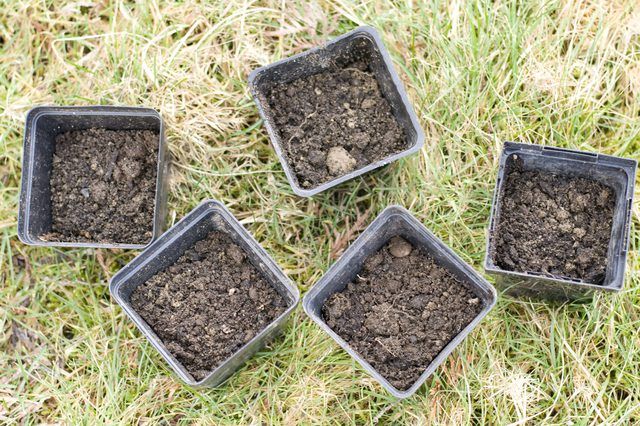Bulbs
Flower Basics
Flower Beds & Specialty Gardens
Flower Garden
Garden Furniture
Garden Gnomes
Garden Seeds
Garden Sheds
Garden Statues
Garden Tools & Supplies
Gardening Basics
Green & Organic
Groundcovers & Vines
Growing Annuals
Growing Basil
Growing Beans
Growing Berries
Growing Blueberries
Growing Cactus
Growing Corn
Growing Cotton
Growing Edibles
Growing Flowers
Growing Garlic
Growing Grapes
Growing Grass
Growing Herbs
Growing Jasmine
Growing Mint
Growing Mushrooms
Orchids
Growing Peanuts
Growing Perennials
Growing Plants
Growing Rosemary
Growing Roses
Growing Strawberries
Growing Sunflowers
Growing Thyme
Growing Tomatoes
Growing Tulips
Growing Vegetables
Herb Basics
Herb Garden
Indoor Growing
Landscaping Basics
Landscaping Patios
Landscaping Plants
Landscaping Shrubs
Landscaping Trees
Landscaping Walks & Pathways
Lawn Basics
Lawn Maintenance
Lawn Mowers
Lawn Ornaments
Lawn Planting
Lawn Tools
Outdoor Growing
Overall Landscape Planning
Pests, Weeds & Problems
Plant Basics
Rock Garden
Rose Garden
Shrubs
Soil
Specialty Gardens
Trees
Vegetable Garden
Yard Maintenance
How to Make Organic Waste Into Fertilizer
How to Make Organic Waste Into Fertilizer. About 75 percent of household waste can be made into excellent fertilizer for flower and vegetable gardens provided that beneficial organic waste is used and it is processed correctly. Composting, the process of turning organic waste into fertilizer, is becoming more and more popular among household...
About 75 percent of household waste can be made into excellent fertilizer for flower and vegetable gardens provided that beneficial organic waste is used and it is processed correctly. Composting, the process of turning organic waste into fertilizer, is becoming more and more popular among household gardeners not only because of environmental considerations, but also because itís economical and chemical free.
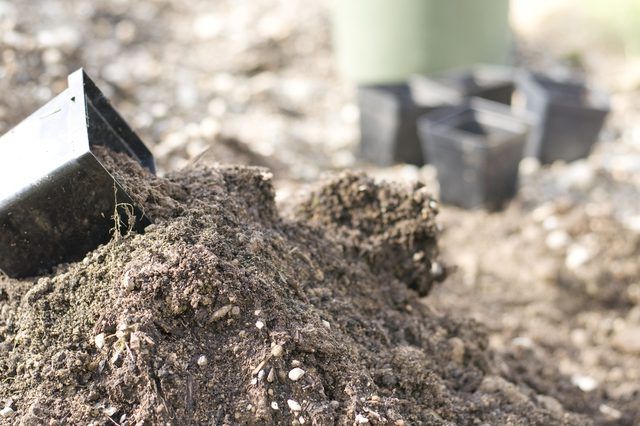
Things You'll Need
Container for kitchen scraps
Biodegradable bags
Kitchen scraps
Fireplace ashes
Garden waste
Newspapers
Bird/poultry feathers
Sawdust
Farm animal manure
Composter (or compost pit)
Step 1
Collect food waste from your kitchen: banana peels, spoiled fruit, eggshells, vegetable peelings, peanut shells, etc. Things not to include are oils, grease, milk products, and animal fats/meat.
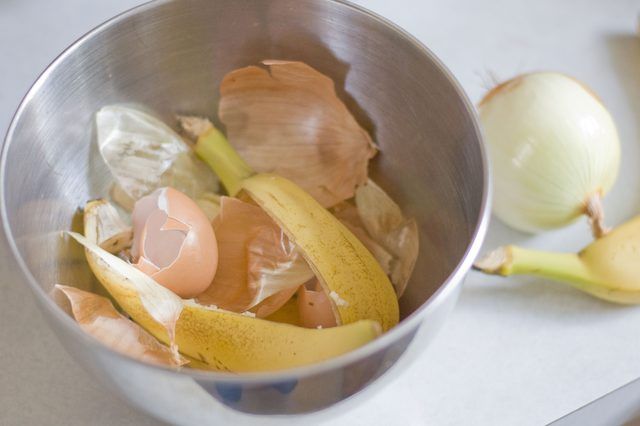
Step 2
Collect wood ashes from your fireplace. (Do not use coal or charcoal dust).
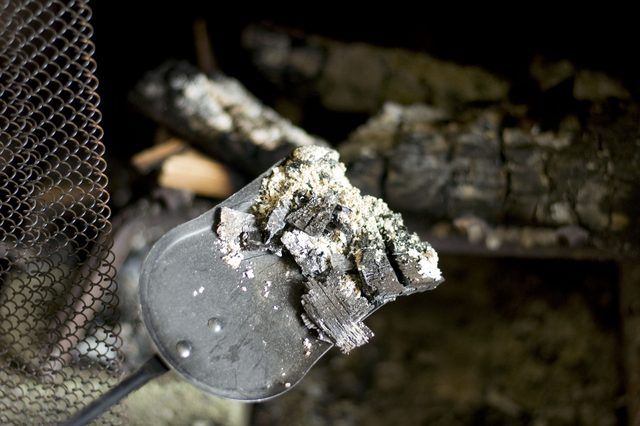
Step 3
Save garden waste including grass clippings, dried leaves, hedge clippings, weeds, dead flowers, twigs, pine needles, etc. If you have leaves on your lawn, do not remove them before mowing. Put all collected leaves from other areas on your lawn before mowing. Trim plants and flowers before mowing and put the clippings on your lawn. Then when you mow, all the garden waste materials will be finely chopped and mixed with grass clippings.
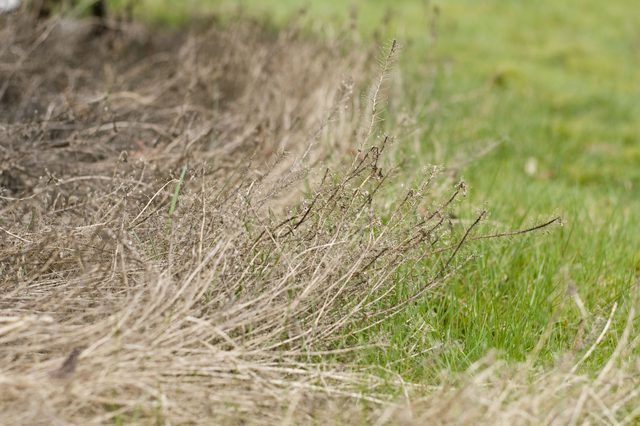
Step 4
Include newspapers in your compost pile. If you have a paper shredder, shred them first. This will allow them to break down faster. If you donít have a shredder, tear the paper into the smallest scraps as possible. Do not use colored or glossy paper.
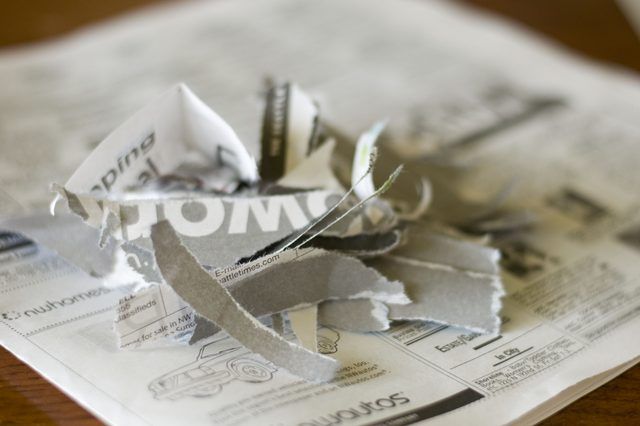
Step 5
Save sawdust from your workshop (as long as it does not come from painted or stained wood).

Step 6
If you have chickens, horses, or cows, add some of the manure (and feathers) to your compost pile. If you live near a chicken or dairy farm, farmers are usually happy to give you some of the waste they collect. Other manures that are good for making fertilizer are duck, rabbit, pig, pigeon, sheep, and goat. Do not use dog or cat (or any carnivore) manure.
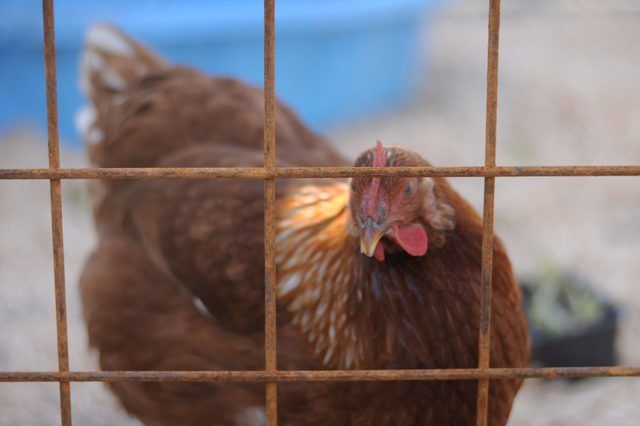
Step 7
By far, the easiest and most convenient composter is a barrel-type that is mounted on a stand with a crank. You can throw in all your materials and give it a spin a couple times around every day. This yields remarkable results very quickly (sometimes as quickly as two weeks, depending on the temperature). Make sure the composter barrel or drum you get has vents for aeration and screened drainage holes. (Put a bucket under the drainage hole to collect the "tea" that drains from the compost; add one part "compost tea" to 10 parts water for a liquid fertilizer).
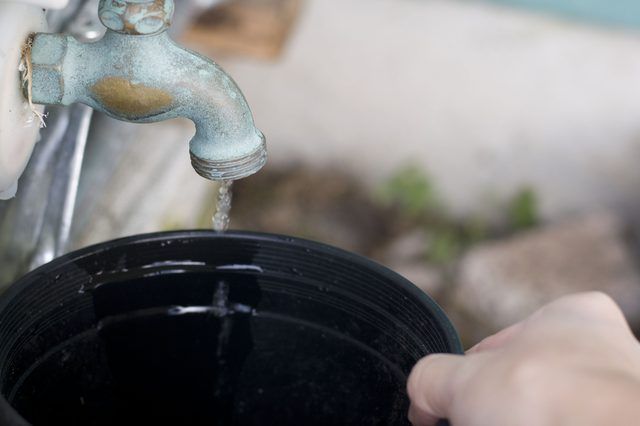
Step 8
If using a compost pit, put all the waste material in the pit and mix it with a pitchfork once or twice a month until all material is thoroughly broken down into a dark, loamy compost.

Step 9
Work the finished compost into the soil around plants.
